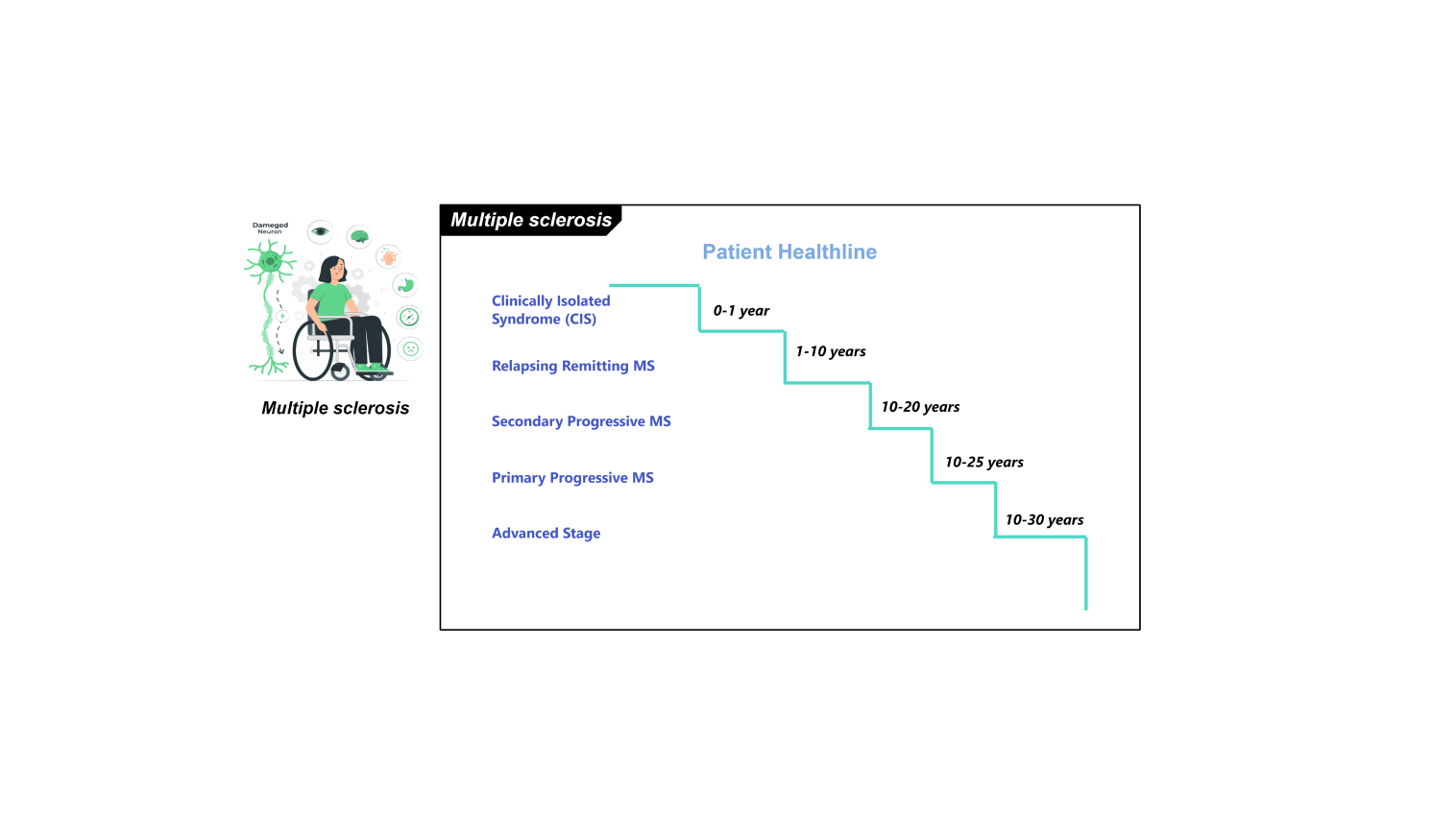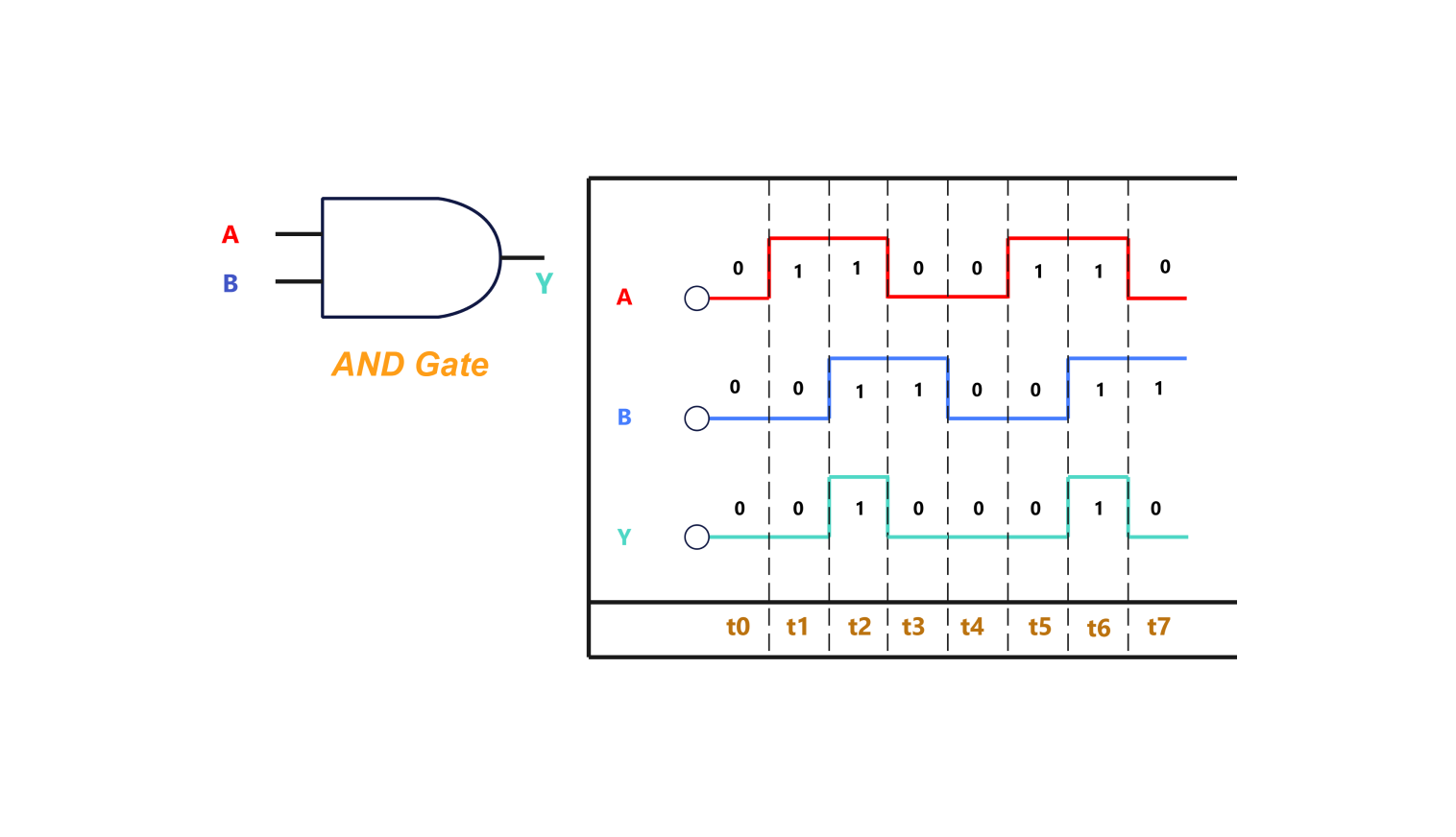- Templates
- Timing diagram templates
- Timing diagram for ATM system
About the timing diagram example
The template provides a detailed visual representation of the interactions and sequences of events that occur during ATM transactions.It includes key components and actors such as the User, ATM Machine and Bank Server.
This template covers various processes like card insertion and validation, PIN entry and verification, transaction selection, cash dispensing, and receipt printing. Each step is chronologically organized to illustrate the timing and flow of events, ensuring clarity in understanding the system's operations.
How to use the timing diagram template
Open the template and modify actors (User, ATM, Bank Server, Account Database) and processes (e.g., card insertion, PIN entry) to fit your scenario. Drag and drop elements as needed.
Adjust the timing and sequence of events to match your system's operation. Modify labels and connecting lines for accuracy.
Ensure all interactions, timings, and sequences accurately represent your ATM system. Adjust for clarity.
Export the finalized diagram in your preferred format (SVG, PPTX, PDF, JPG).
Share the diagram with stakeholders, team members, or clients for discussions, presentations, or documentation.
Why one should use the timing diagram template?
Using this template provides a structured way to visualize and understand the timing and sequence of events in ATM transactions. It helps in breaking down complex processes into clear, manageable steps, facilitating better communication among team members and stakeholders.
This template enhances system design accuracy, aids in identifying potential issues, and ensures all aspects of the transaction process are accounted for. By using this template, organizations can streamline the documentation process, improve clarity, and support effective system analysis and development.
FAQs about timing diagram of ATM system
-
What is a timing diagram in the context of an ATM system?
A timing diagram in the context of an ATM system illustrates the chronological sequence of interactions and events between the user, ATM machine, bank server, and account database during ATM transactions.
-
How detailed should a timing diagram for an ATM system be?
The diagram should be detailed enough to cover all essential interactions and processes, but not overly complex. It should clearly depict the timing and flow of events to ensure comprehensibility.
-
Can this timing diagram template be customized for different types of ATM transactions?
Yes, the template can be customized to fit various ATM transactions, such as withdrawals, deposits, balance inquiries, and fund transfers, by adjusting the processes and interactions accordingly.
-
What are common pitfalls to avoid when creating a timing diagram for an ATM system?
Common pitfalls include overcomplicating the diagram with too much detail, omitting key interactions or processes, and not validating the diagram with relevant stakeholders. Ensuring simplicity, completeness, and stakeholder review can help avoid these issues.
-
How can a timing diagram help in improving ATM system design?
A timing diagram helps improve ATM system design by providing a clear visual representation of the sequence and timing of events. It aids in identifying potential issues, ensuring all processes are accounted for, and facilitating better communication among team members.
Related templates
Get started with EdrawMax today
Create 210 types of diagrams online for free.
Draw a diagram free Draw a diagram free Draw a diagram free Draw a diagram free Draw a diagram free


